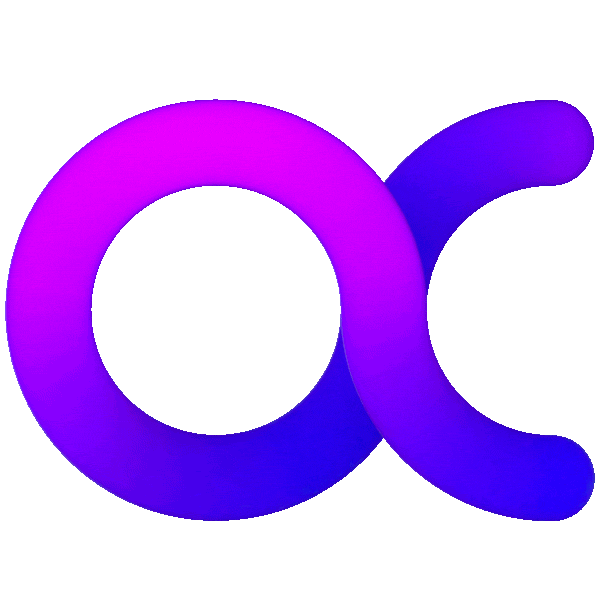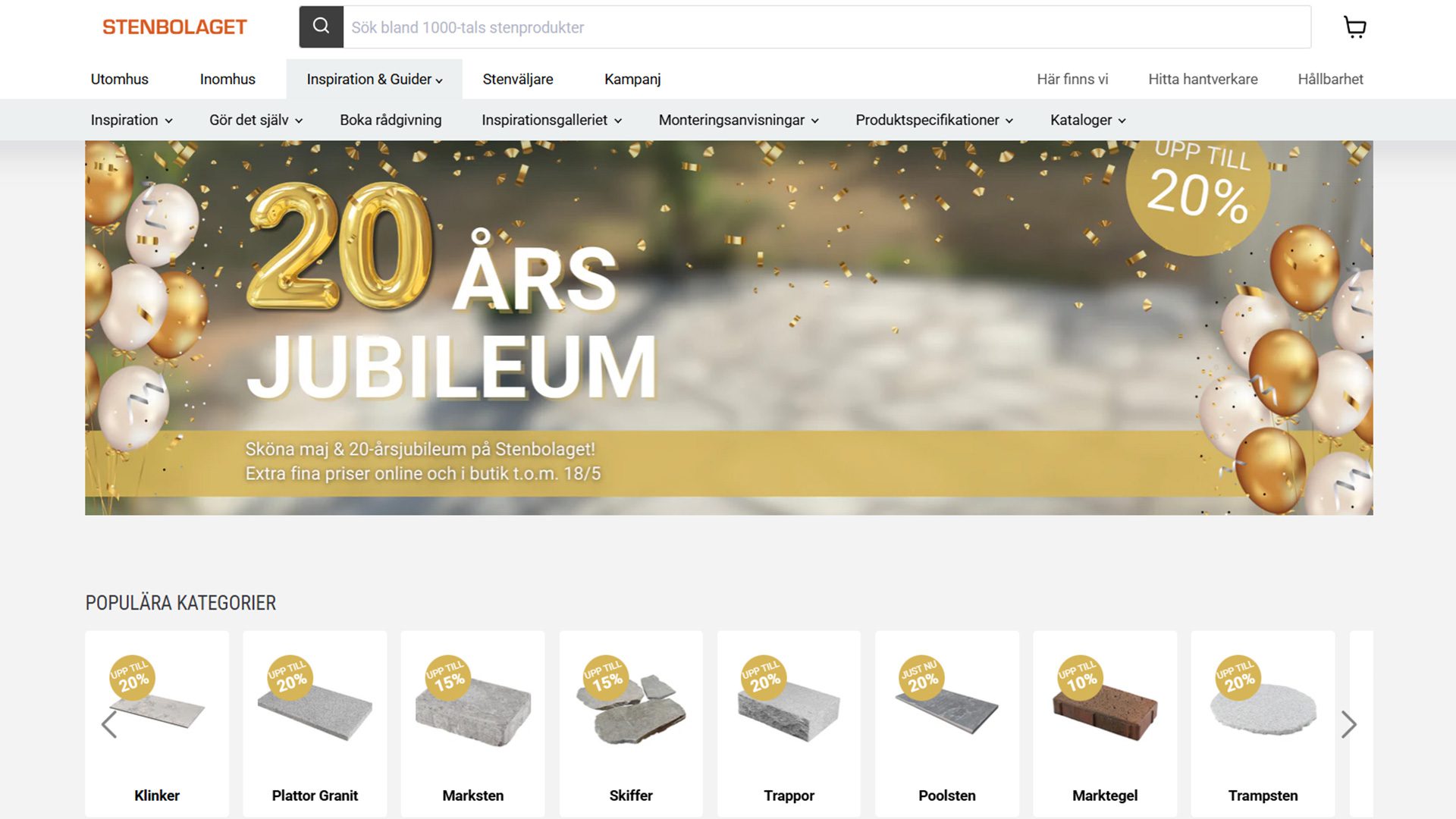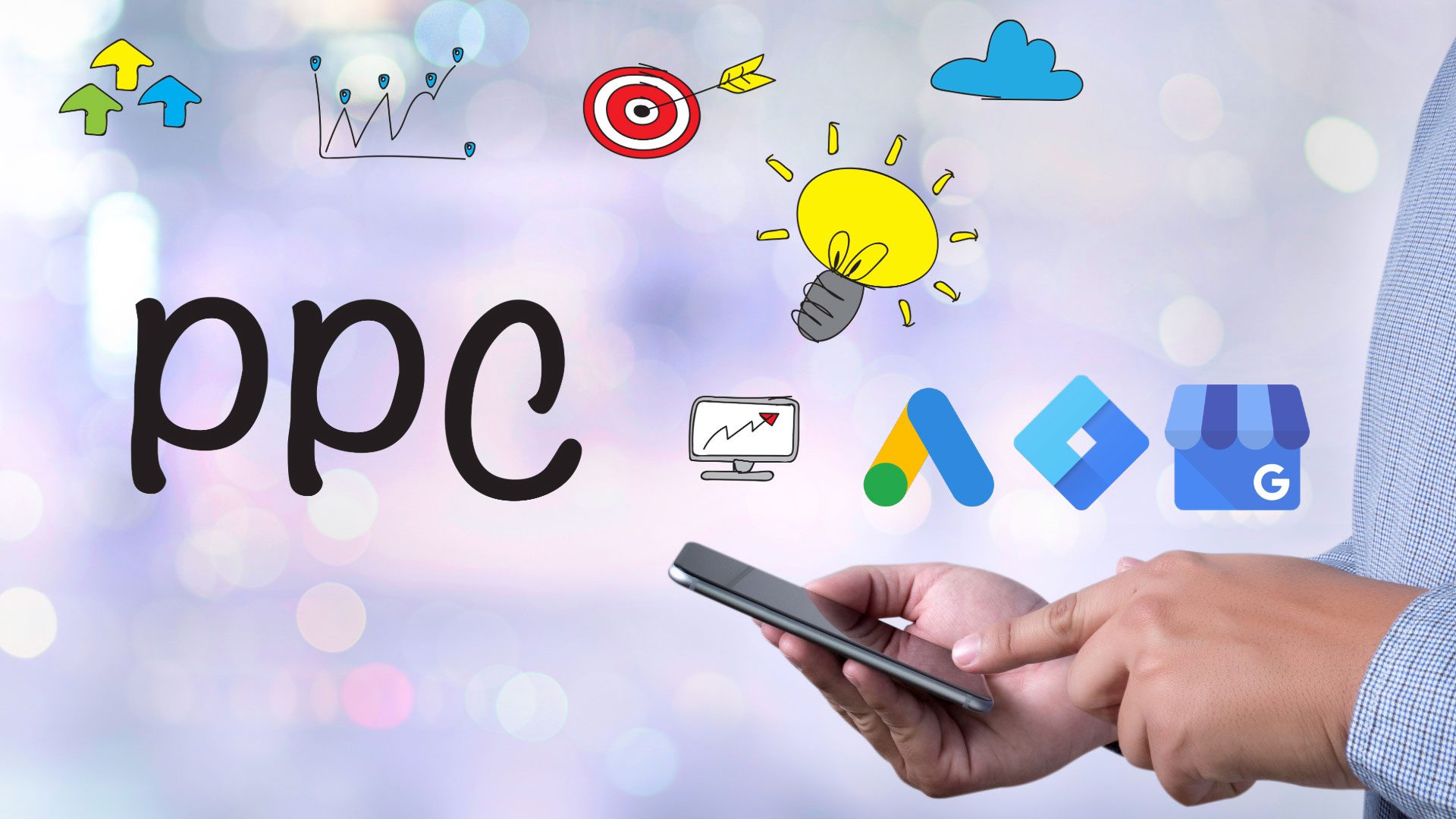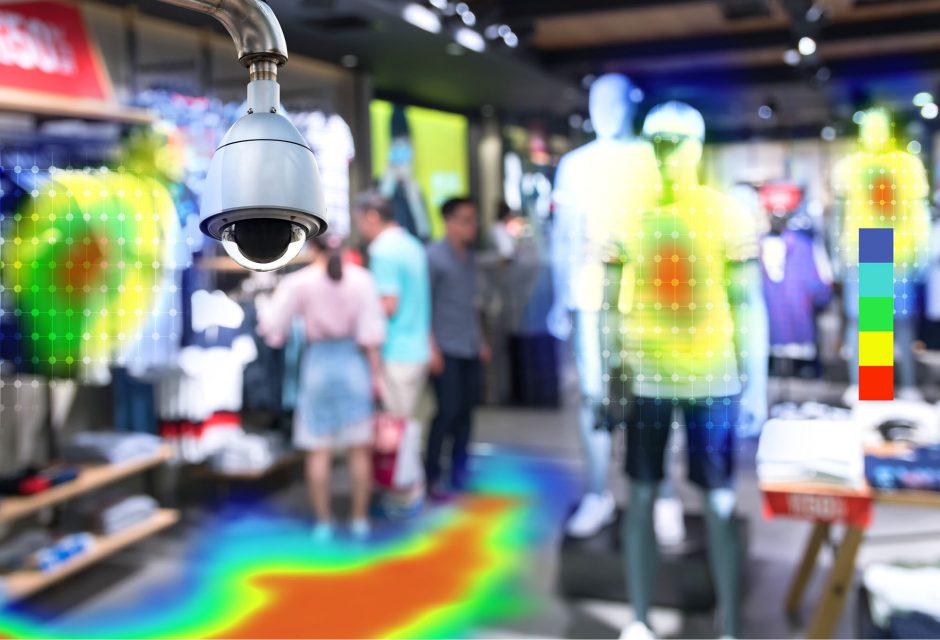Optimizing Your Local Customer’s Buying Journey
People searching the Internet for local businesses are not only looking for the best services and products, but they’re also expecting to have a very satisfying buying experience. In a poll conducted recently about customers searching for local services, 80% of them said that they considered it just as important to have a rewarding buying experience, as to acquire the product or service they were looking for. Any purchase will come about in several stages, and by identifying what should happen in each one of those stages, you’ll have a much better understanding of a customer’s perspective, as well as what they really want and need.
Anytime you’re working on promoting your local business, your efforts are generally focused on delivering important information to potential customers at every step along the customer buying journey. That makes it much easier for them to make the best choices, and it will help you maximize your conversions, which should lead to increasing your incoming revenue.
This article will discuss how you can maximize your efforts at improving your conversions and increasing your revenue. You won’t need a great deal of expertise in order to optimize your local SEO, and to provide a better customer experience for potential clients. All you really have to do is pay close attention to some of the tips and tricks described below, and you’ll be on your way to achieving more consistent conversions, and possibly even significant business growth.
What is the customer journey and why does it matter?
The customer journey is a process which begins when the customer has awareness of a particular service or product and the journey culminates with an actual purchase. These are the five accepted stages of the customer journey: awareness, evaluation, decision, loyalty, and referral. All local businesses depend on their online presence as well as their offline presence in order to drive traffic to their website and to obtain new customers. A business’s offline presence will always benefit from having a strategic location that can easily be reached, as well as word-of-mouth which spreads around the community.
However, there are slightly different considerations involved when it comes to your online presence and how that can trigger more conversions for your business. In order to compete with all your local rivals, it will be necessary to establish a solid online presence which includes understanding and optimizing the customer journey, and then monitoring conversions. By examining the process used by your best customers, you’ll be able to cater to those processes, and theoretically bring in many more customers. Optimizing the customer journey helps you pinpoint where opportunities exist to provide a better buying experience for potential customers.
As one example, any potential buyers who are still at the decision stage of the customer journey generally want to know whether a business can be trusted. If you provide trust tractors at this stage of the customer buying experience, you’ll be giving the customer exactly what they need, and hopefully encouraging them to advance to the next stage of the customer buying experience. The best way to go about this is to make use of your available resources in a manner that stays within your budget, but still helps to build a solid online presence that will appeal to customers.
This part of the customer experience is often overlooked as being one of lesser importance, so if you can provide the trust factors that a customer is typically looking for at this stage, you’ll be ahead of the game, and you’ll probably have a great many potential clients advancing to the next stage.
Optimizing the customer buying experience
The events which occur at every stage of the customer journey tend to reveal exactly what the customers thinking, and the behaviors they exhibit at each of the stages will allow you to predict the kind of questions they have. It can be priceless knowing what a customer is thinking and feeling, because that will help you to tailor your customer experience to their pain points, their wants, and their needs – which is what eventually leads to a purchase. Google refers to these instances in time as ‘moments’, and there are four of them that are of extraordinary importance. Here are the four meaningful moments and what goes on at each one of them:
- I-want-to-know moments – this is when a customer is researching or exploring, but they’re not necessarily ready to buy anything at that time.
- I- want-to-go moments this is when a potential customer is seeking a local business, or is strongly considering purchasing a product at a local store.
- I-want-to-do moments – these moments are characterized by someone wanting to help complete a task or to try something which is entirely new to them.
- I-want-to-buy moments – this is the moment when a potential client is ready to make a purchase, and might require help in making a decision about exactly what to buy, how to buy it, and who to buy it from.
How you can optimize each stage of the customer experience
Here are some recommendations for how you can optimize the customer experience at each stage of the customer journey. If you can accomplish this, you should enjoy a great many more conversions, and a significant increase of incoming revenue:
- Awareness – At this point, a potential customer is really just looking for intermediate information that will allow them to eventually make some kind of decision about whether or not they want to make a purchase. This is the very beginning of the customer journey, and the information they uncover at this stage of it will generally determine whether or not they proceed to the next stage of the buying experience. What you need to do at this stage of the experience is to ensure that potential customers have the opportunity to see your website as one possible solution to their problem. Make sure your content is in sync with the intentions and the needs of potential customers, and make it easy for them to find the information they’re looking for.
- Evaluation – During the evaluation stage, an Internet searcher has probably identified some potential providers, and is proceeding to compare them with each other, to see where the best deal can be made. What the potential customer is comparing will be things like product features, service packages, pricing, and reviews. In order for you to stand out at this stage of the customer buying experience, you’ll need to include content on your site which references the keywords used by searchers, and provide them with reasons to choose you over the competition.
- Decision – This is usually the most crucial stage of the customer buying experience, because it’s the one where they will decide to make a purchase, and they will usually also have determined who they will be buying from. To give them reason to buy from you, include as many positive reviews of your products and services as possible, because customer testimonials tend to be the most convincing for new customers.
- Loyalty – Whereas the first three stages of the customer buying experience required you to provide content that would deliver helpful information, the last two stages are more about interacting with the customer and trying to get feedback from them. You have to be just as aggressive with these final two stages of the buying experience as you were in getting a customer to make a purchase in the first place. Earning a customer’s loyalty is often all about delivering the best customer service to them, and being responsive to customer inquiries and other issues. In addition, make it as easy as possible for them to contact you through different channels, so that your excellent customer can be provided.
- Referral – The last stage of the customer buying experience is one that can be just as valuable as any of the other stages. If you can gain referrals from existing customers, that is solid gold, because it doesn’t require any real investment on your part, and it’s just about the customer being so satisfied with your products and services that they are recommending their friends and relatives to you. If you have done everything right on the first four stages of the buying experience, this one can be a freebie for you, because you now have satisfied customers who can be walking advertisements for you.




